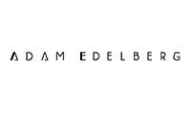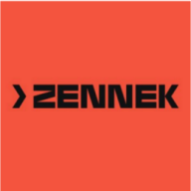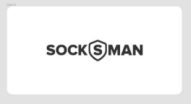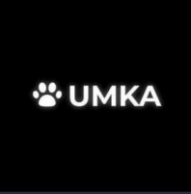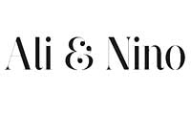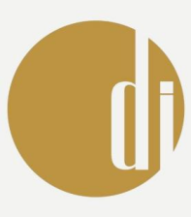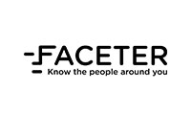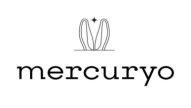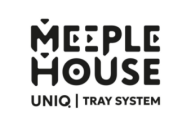Legal Audit of a Website
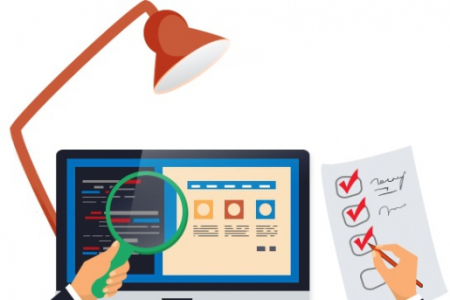
Digital law is constantly evolving, and depending on these changes, the mechanisms of interaction between website owners and their users also change. Unfortunately, many companies today do not pay sufficient attention to aspects of managing legal risks related to their websites. However, once you publish information online, it can be seen by anyone, including your competitors, from whom various actions can be expected, including unethical ones.
To minimize the risks of liability for violations of copyright, personal data legislation, internet commerce laws, and other potentially applicable regulations, it is necessary to initially conduct a legal audit of the website. This can be done either at the launch stage or after the website has already started operating.
A comprehensive legal audit of the website includes reviewing your user agreements, privacy policies, cookie policies, affiliate programs, and website content for various legal risks, including those related to copyright infringement. A legal audit of a website is a prudent step to prevent potential litigation and protect your intellectual property.
Contents
When auditing a website, attention should be paid to the following issues
-
Have you secured ownership rights to your website?If the site was created by an external developer, the copyright will not belong to you unless otherwise stipulated in the service agreement. If your employee created the website using corporate equipment, the rights to it will belong to your company.
-
Have measures been taken to protect alternative domain names?Usually, website creators register one domain, for example, website.com. However, it is also important to consider other similar domain names or identical names in other domain zones such as .org, .net, .biz. This will help you avoid situations where another company, such as your competitor, uses a similar domain and draws away your potential clients.
-
Does the website contain Terms of Use?The website’s Terms and Conditions (or Terms of Use) are the primary regulations governing the relationship between you and the user. Properly drafted Terms of Use significantly reduce your legal risks.
-
Does the website contain a Privacy Policy?The Privacy Policy is a legal document disclosing how your company collects, uses, discloses, and manages the personal data of visitors or customers, as well as the options available to visitors or customers regarding the refusal to disclose their information. The Privacy Policy must comply with the applicable personal data protection laws and be placed in a prominent location on the website. Visitors must be instructed on whom to contact regarding the use of their personal data.
Are your intellectual property objects properly protected and are you not infringing third-party rights yourself?
-
4.1. Trademark
Simply registering a domain name (in this case, website.com) does not automatically grant your company the right to use a trademark or service mark. Before launching a website aimed at selling any goods or services, it is advisable to register the necessary trademarks that correspond to the domain name (for example, registering the word trademark “Website” and using Website.com as the domain for providing services).
If you use third-party trademarks on your site, it is highly recommended to obtain written permission from the rights holder, as the absence of such agreements can lead to lawsuits and subsequent financial losses.
-
4.2. Copyright
When using various content on your website (such as text, photos, drawings, graphics), it is necessary to determine whether your company or its employees created these materials.
Similarly to the website itself, if content was created by an employee during work hours, it most likely belongs to your company. However, if created by an external contractor, it is necessary to conclude an agreement transferring ownership rights of such content to your company.
If your website contains any third-party content, you must ensure that such content is used lawfully (for example, the information is already publicly available or is in the public domain, or is published under fair use, or the publication is not protected by copyright, or you have the rights holder’s consent to use the material).
It is always better to consult with a lawyer and ask them to conduct an audit of your website, including reviewing or drafting the Privacy Policy and Terms of Use. Simply copying such documents from other websites is a recipe for future problems.
Why Law&Trust International?
Law and Trust lawyers have extensive experience in dealing with issues related to digital law. We conduct a comprehensive audit of your website, prepare and correct necessary documents, analyze risks of copyright infringement on your part, and assist in registering intellectual property objects, including trademarks.
These actions will prevent possible claims from third parties and help you save both money and nerves.
Advantages of Law&Trust International Expertise
-
Experience and qualification. We have been operating in the market for over 15 years. This allows our lawyers to work on cases across many business sectors such as finance, IT, agriculture, trade, and foreign economic activity. Thanks to this experience, Law and Trust International specialists always offer the best range of services.
-
Comprehensive approach and individual solutions. Law and Trust International provides a wide range of services to our clients, taking into account the individual characteristics of each case.
-
Monitoring and innovation. Our team tracks the newest and most advanced working methods, as well as the latest legislative, financial, and economic developments worldwide. This allows Law and Trust International lawyers to promptly resolve almost any issue in the field of legal consulting.
-
Confidentiality and responsibility. The security of our clients’ data and responsibility towards them are particularly important in the work of Law and Trust International. Throughout our operation, we have not had a single leak of commercial, personal, or legal information.
-
Reputation and results. The Law and Trust International legal team always welcomes the successes of our clients. Achieving new results, we develop new skills which we successfully apply in our work.


































